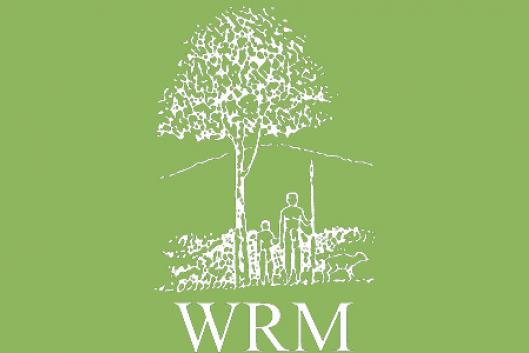Paraguay, an eminently agricultural country is facing the false dilemma of choosing between technology or “to continue being backwards.”
The technology applied to agriculture over the past 40 years – as from the Green Revolution with its package of agro-toxic and now transgenic products –promised to overcome the obstacles that hinder agricultural production and to solve hunger.
Now, what is wrong with the technology that so many people are opposing? Or, what is bad about the “backwardness” that so many others complain about? Historically, agriculture has been developed for thousands of years in family plots, farms and strips of land that were no bigger than 10 hectares per family. The increase in external demand for agricultural products has encouraged groups that are able to access major lines of credit to increase the area under plantation in order to obtain greater economic benefits.
Paraguay is no exception to this temptation. From the 10 hectares of varied crops in family farms, we are now talking about farms where 1000 hectares or more are planted, with a single species. This has caused large blocks of forest, savanna or even wetlands to be transformed into company plantation areas in our country.
Has this “progress” solved the problem of suitable food for the country’s population? Today consumer agricultural products have become scarce, expensive and unhealthy for the common consumer. FAO statistics show that the levels of malnutrition and extreme poverty have risen abruptly over the past 40 years and have been further enhanced over the past 10 years.
If the technological packages supposedly increase and enhance the quality and quantity of products, why is it that there is more hunger and poverty? The reply is almost obvious: because we have been lied to and we have been sold the idea that technology would solve all the problems and bring large benefits to all. Thus, we have polluted our sources of water, cut down our forests, degraded our soils, we have evicted whole indigenous peoples from their territories which they had preserved for thousands of years, condemning them to a miserable life on the streets of our cities, we have also evicted thousands of peasant families, which continuously are added to the great mass of environmental refugees, we have taken on debts that we cannot pay, with the only objective of using the “latest” technological advances.
Are we better off than before? The answer is undoubtedly “no”. Today in Paraguay, one of every two inhabitants is poor, and one out of four compatriots is living under the extreme poverty line, particularly in rural areas. Most of them have sold their lands, giving in to the temptation or the pressure from large landowners, or have been evicted by the landowners with threats and agro-toxic chemical spraying. Others, having implemented “technological progress” on their land, have realized that today their lands are no longer productive, they have been turned into deserts due to the chemical load and bad practices imposed by such technological “progress”. Technology has made us poorer, we suffer from more malnutrition, it has impoverished our environment and is seriously compromising our future.
However, 80% of the products we consume continue to come from small family farms, while the production of the large agricultural companies only goes to satisfy the demands of the industrialized countries. This production model has been based on the eviction of communities, both Indigenous and peasant, from their lands of origin, and they have thus lost their potential for sustainable development, inherited from many generations. They have seen their culture altered and degraded, that had been developed on the conservation of their habitat.
At the same time, this large-scale production model has been based on deforestation to devote the land to agricultural exploitation. According to official figures (MAG/GTZ) in 1945, the country had 8,805,000 hectares of forests, covering 55% of the national territory. At the end of the sixties, the forests had been reduced to 7,042,000 hectares (44% of the national territory). The deforestation process grew in momentum and, in 1991, the forest area had been reduced to 2,403,000 hectares covering a scant 15% of the country. This process of destruction continues and today, the forest area barely covers 7% of the national territory.
Therefore, it is not a matter of facing the dilemma of acquiring technology or being condemned to backwardness, but of establishing a model for the management of natural goods and of sustainable community development, in which social, economic, cultural, environmental factors are taken into account, and where, above all, common welfare prevails through the active and democratic participation of all the social sectors.
By: Roberto Rolon, Programa Economía Solidaria, Sobrevivencia-Amigos de la Tierra Paraguay, e-mail: eco_nomia@sobrevivencia.org.py
